Technological Innovations
The Robotic Exoskeletons Market is experiencing a surge in technological innovations that enhance the functionality and efficiency of exoskeletons. Advancements in materials science, such as lightweight composites and smart materials, contribute to the development of more comfortable and effective devices. Furthermore, the integration of artificial intelligence and machine learning algorithms allows for adaptive control systems that can respond to user movements in real-time. This not only improves user experience but also expands the potential applications of exoskeletons in rehabilitation and mobility assistance. As a result, the market is projected to grow at a compound annual growth rate of approximately 30% over the next five years, indicating a robust demand for these advanced technologies.
Rising Demand in Rehabilitation
The increasing prevalence of mobility impairments and neurological disorders is driving the demand for robotic exoskeletons in rehabilitation settings. The Robotic Exoskeletons Market is witnessing a notable rise in the adoption of these devices in physical therapy, as they provide patients with the ability to regain mobility and strength. According to recent data, the rehabilitation segment is expected to account for over 40% of the market share by 2026. This trend is further supported by healthcare providers recognizing the benefits of exoskeletons in improving patient outcomes and reducing recovery times. Consequently, the market is likely to see a significant influx of investments aimed at developing more effective rehabilitation solutions.
Government Initiatives and Funding
Government initiatives aimed at promoting advanced technologies are playing a crucial role in the growth of the Robotic Exoskeletons Market. Various countries are implementing funding programs and grants to support research and development in robotics and assistive technologies. These initiatives not only encourage innovation but also facilitate collaboration between public and private sectors. For instance, funding for projects focused on enhancing the capabilities of exoskeletons for both medical and industrial applications is on the rise. This financial backing is expected to accelerate the development and commercialization of robotic exoskeletons, thereby expanding their market presence and accessibility.
Increased Focus on Workplace Safety
The emphasis on workplace safety and ergonomics is becoming a pivotal driver for the Robotic Exoskeletons Market, particularly in industrial applications. Companies are increasingly adopting exoskeletons to mitigate the risks associated with manual labor, such as musculoskeletal disorders. By providing support and reducing physical strain, these devices enhance worker safety and productivity. Recent studies indicate that the implementation of exoskeletons in manufacturing and construction sectors can lead to a reduction in workplace injuries by up to 30%. This growing awareness of occupational health is likely to propel the market forward, as organizations seek to invest in technologies that promote a safer working environment.
Aging Population and Demand for Assistive Devices
The aging population is a significant factor influencing the Robotic Exoskeletons Market, as there is a growing need for assistive devices that enhance mobility and independence among elderly individuals. As the global demographic shifts towards an older population, the demand for technologies that support daily activities and improve quality of life is increasing. Robotic exoskeletons are emerging as viable solutions for seniors facing mobility challenges, allowing them to maintain an active lifestyle. Market analysts project that the segment catering to elderly care will witness substantial growth, potentially reaching a market value of several billion dollars by 2027, driven by the increasing adoption of these innovative devices.


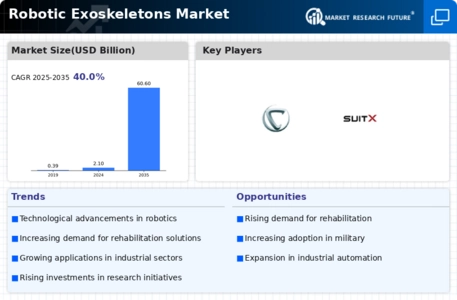
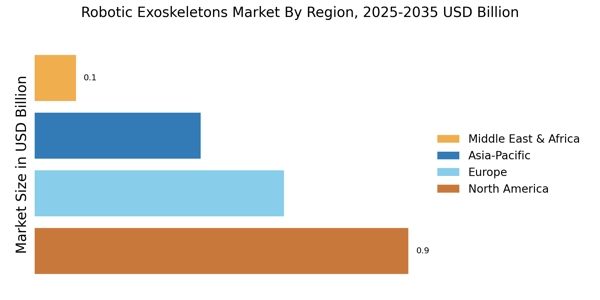
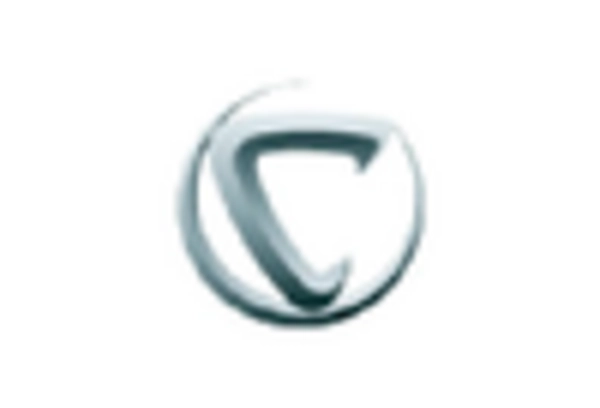
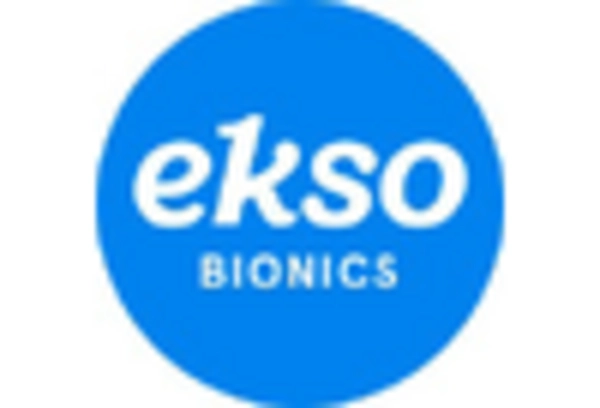
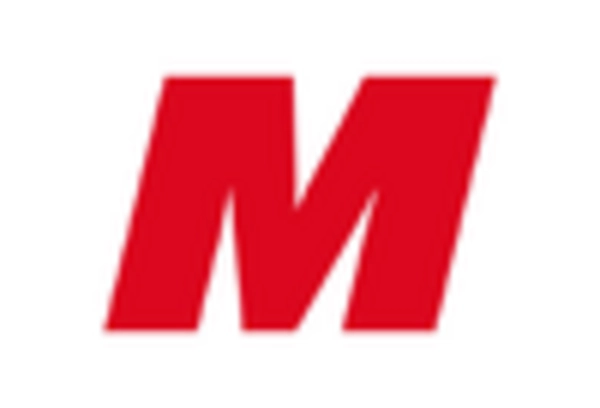

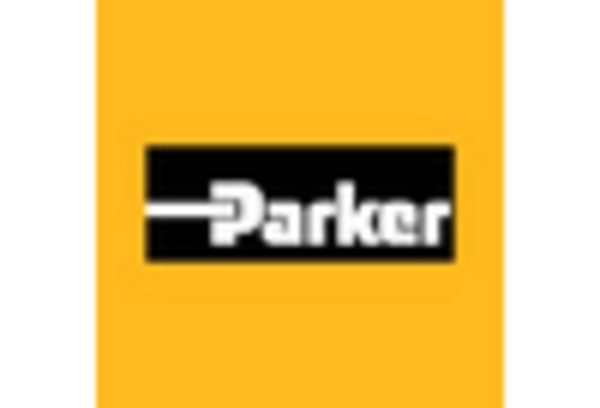
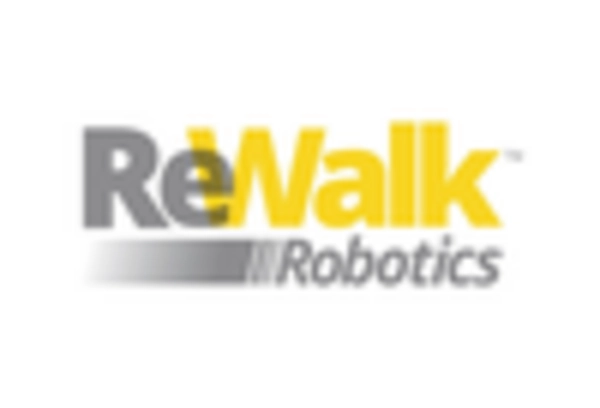








Leave a Comment